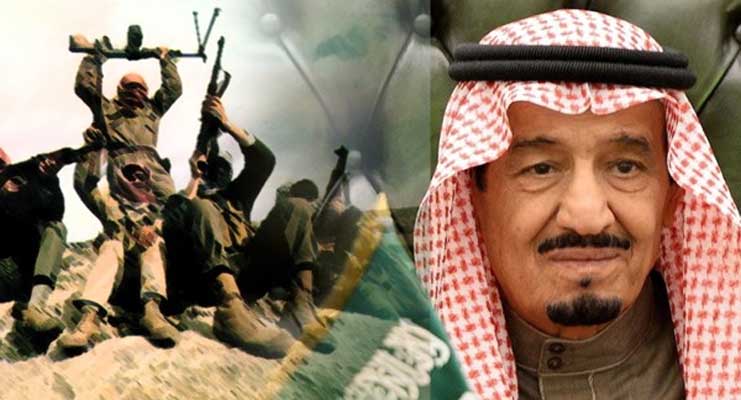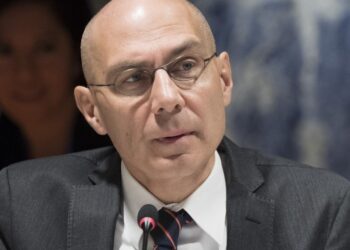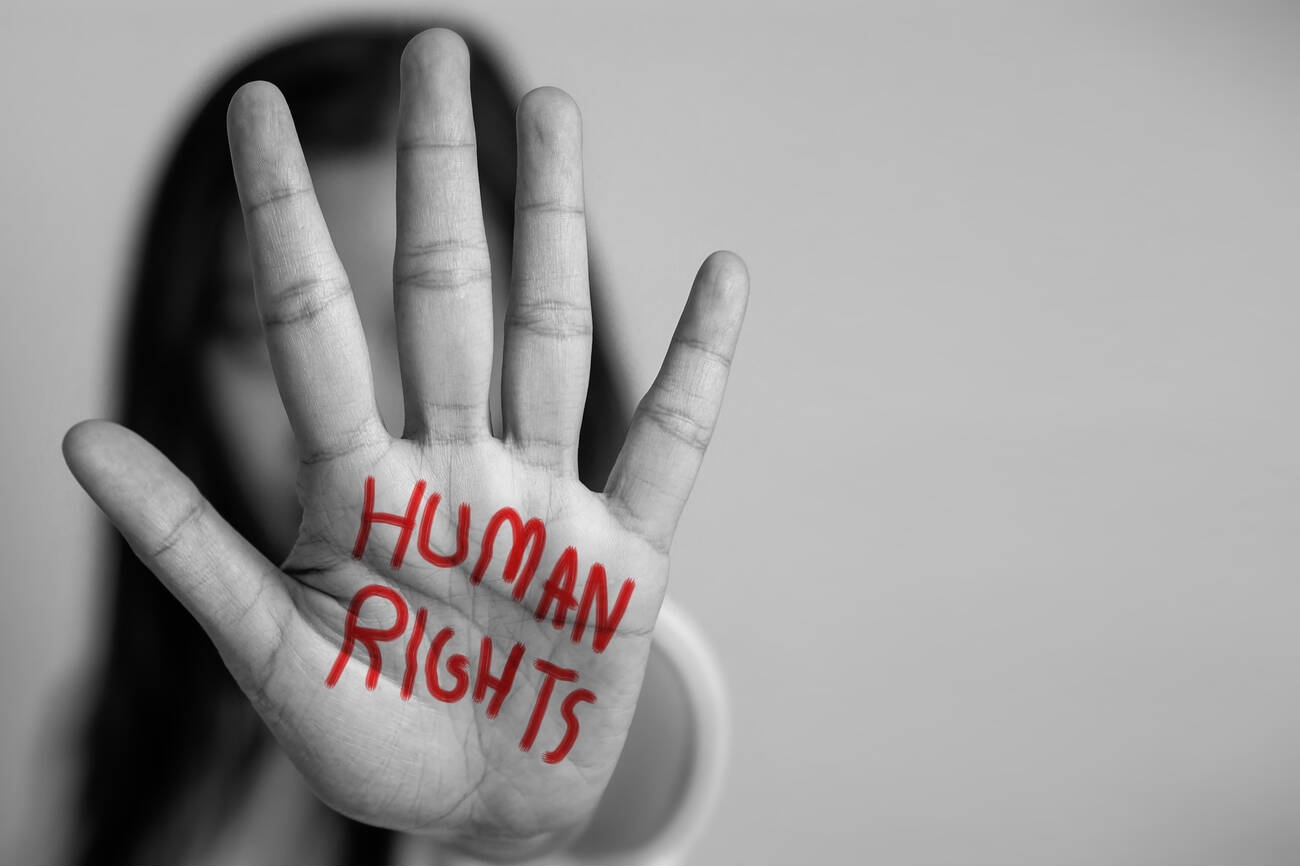Human Lives Human Rights: Saudi Arabia is an important location for funding global terrorist activity and it also serves as the spiritual home of al-Qaeda. Since 2003, when terrorism came back to Saudi Arabia—most notably with the May bombings of residential compounds housing foreigners in Riyadh—and the Saudi authorities started taking the problem seriously, the country has made huge efforts to crack down on terrorism. Right now, there are no major terrorist operatives or cells openly operating in Saudi Arabia—but funding remains the big problem today.
Saudi Arabia is financing terrorism, and what has the government done to limit funding?
Money coming out of Saudi Arabia reportedly goes to al-Qaeda in the Arabian Peninsula (AQAP), al-Qaeda central, and its affiliated groups, including Lashkar-e-Taiba, the Pakistani militant group. Groups employ a variety of strategies to receive donations and support. Potential funders are often shown videos on mobile phones of direct requests from terrorist leaders operating on the ground in Yemen or other countries, even if they do not personally come to Saudi Arabia. And there have been instances where women have gathered together to raise money—it’s not entirely clear if everyone who donated money knew where the money was actually headed or if they believed it was for humanitarian or charity work.
Pakistan and Saudi Arabia have had a close relationship through the decades, during both Pakistan’s military and civilian regimes. Saudi Arabia has offered generous economic assistance to Pakistan, and the two countries have cooperated on defense matters.
Deobandi madrassas are funded by Saudi Arabia
Since the 1970s, Saudi Arabia has exercised enormous influence on Pakistan behind the scenes through its funding of Ahl-e-Hadith and Deobandi madrassas (religious seminaries), which teach a more puritanical version of Islam than had traditionally been practiced in Pakistan.
While the funding is not directly traceable, scholars and analysts report that much of this funding to madrassas comes from private sources in Saudi Arabia. Central to this is the flow of Saudi money to madrassas that trained the Afghan mujahedeen in the 1980s.
The Saudi funding of Pakistan’s madrassas derives from Saudi Arabia’s anti-Iran ambitions and its bid to control the version of Islam, and specifically Sunni Islam, taught and practiced in Pakistan.
Two historic events in 1979—the Islamic revolution in Iran, and the Soviet invasion of Afghanistan—increased Saudi influence in Pakistan thereafter. The Iranian revolution bolstered Saudi incentives to control Sunnism in Pakistan, and the Soviet-Afghan war gave the Saudis a mechanism to do so, through the funding of madrassas.
A senior US senator Chris Murphy says: “About 24,000 religious schools in Pakistan, thousands of them are funded by money that originates in Saudi Arabia.” The United States should suspend supporting Saudi Arabia’s radicalism, he added.
Most of these madrassas are funded by those Saudis intent on promoting their fundamentalist and ultra-conservative Wahhabi Islam – it draws its name from Muhammad ibn Abd al-Wahhab, an 18th century scholar who launched a movement to revive pure Islam.
But it isn’t just Saudi money that is propping up Wahhabism. Several other rich Arab countries are ploughing in “millions of petro-dollars” into madrassas to promote conservative Islam in the name of protecting and preserving Islamic culture, said Sultan Shahin, editor of the progressive New Age Islam website.
“Along with funds, the petro-dollar rich Arab countries also provide the core curriculum and textbooks for these madrassas. This teaching provides basic grounding in an extremist religious outlook that keeps children from interacting with other communities, even other Muslim sects…They are brainwashed in madrassas by semi-literate mullahs and then thrown out without any means or skills for survival,” he added.
In both general and more informed discussions in Pakistan and beyond, sectarian violence in Pakistan between Sunni and Shi‘i groups is almost without exception referred to simply as Sunni-Shi‘i violence. But such a characterization is a misnomer. Two of Pakistan’s three major Sunni subsects, the Ahl-e-Hadis, and to a lesser extent, the Barelvis, may have antipathy toward the Shi‘a, but rarely express such sentiments through violent activity. Instead, since the 1980s, it is segments of the Sunni Deobandi community and Ithna Ashari Shi‘a (or Twelvers) that have been at war with one another and have developed an infrastructure and discourse—aided by governmental forces in Pakistan, Iran, and Saudi Arabia—that is designed to combat the other side.
Smaller Shi‘i sects, such as the Dawoodi Bohras and Imami Ismailis, have been victims of Sunni Deobandi violence, but have no significant involvement in militant activity. This report aims to explore the causes of the surge in sectarian violence between Sunni Deobandi and Shi‘i Muslims in Pakistan since 2007, identify the networks behind it, and offer solutions for rolling back the surging tide.
Much has been written on the history of conflict between Sunnis and Shi‘a in the Muslim world, as well as tensions between Sunni Deobandis and Shi‘a in South Asia both prior to and after the formation of Pakistan. These secondary sources inform the first section of this report, which provides a brief overview of the history of Sunni-Shi‘i conflict in Islamic history and the divide between Sunni Deobandis and Shi‘a in Pakistan.


















